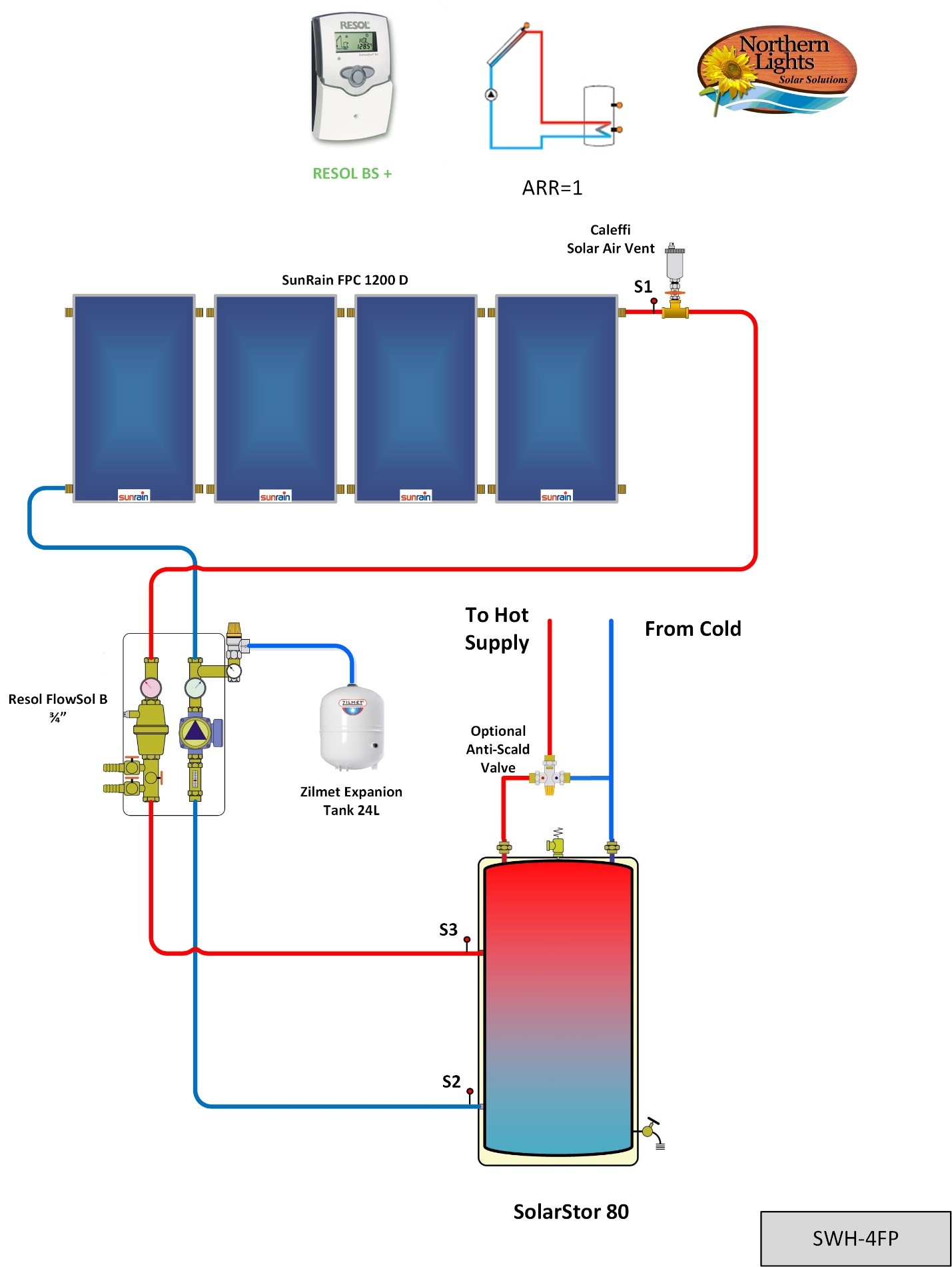Contact Us for More Information on Solar Heating
Enhance your experience with energy-efficient heating solutions from Northern Lights Solar Solutions. Whether you're looking for product details, installation guidance, or order assistance, our team is here to help. Enjoy eco-friendly, cost-saving technology designed for sustainable heating.
Get in touch, no matter where you’re at in your project plans. We’d be so happy to help!










